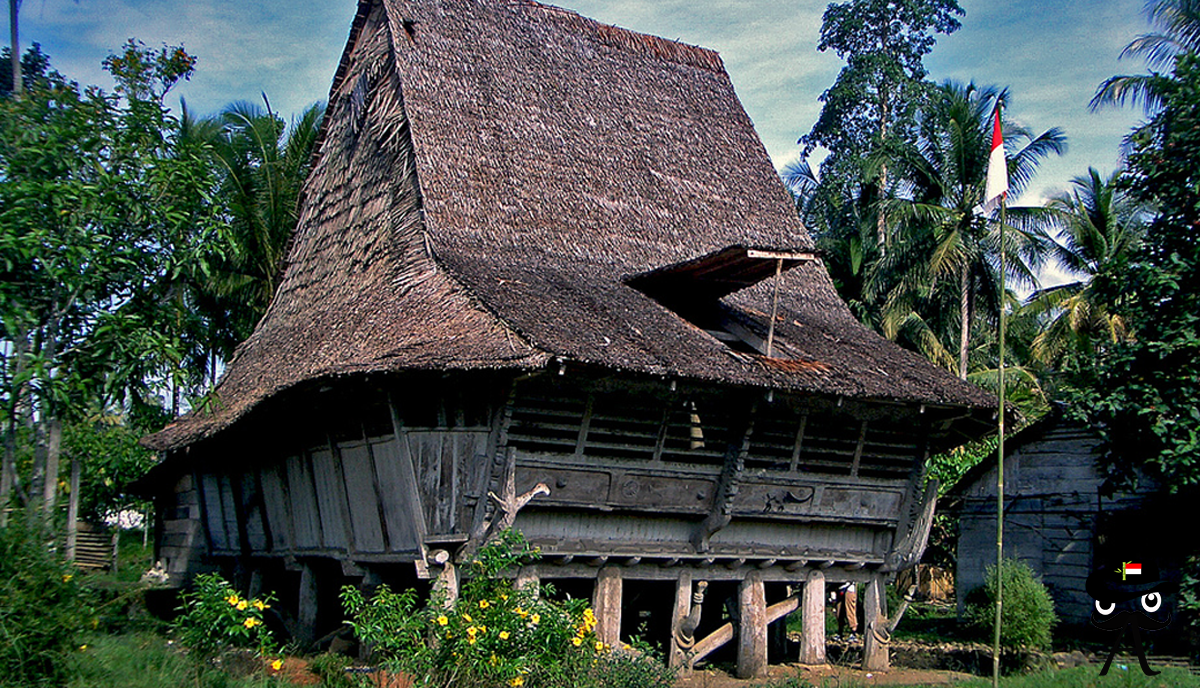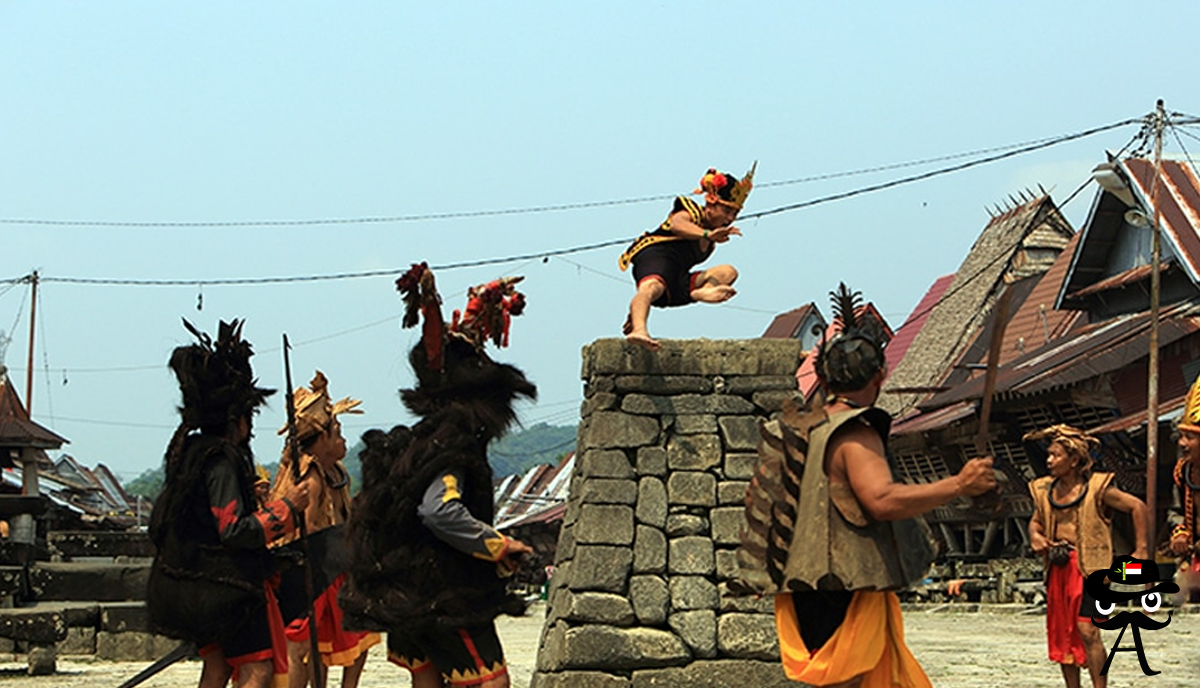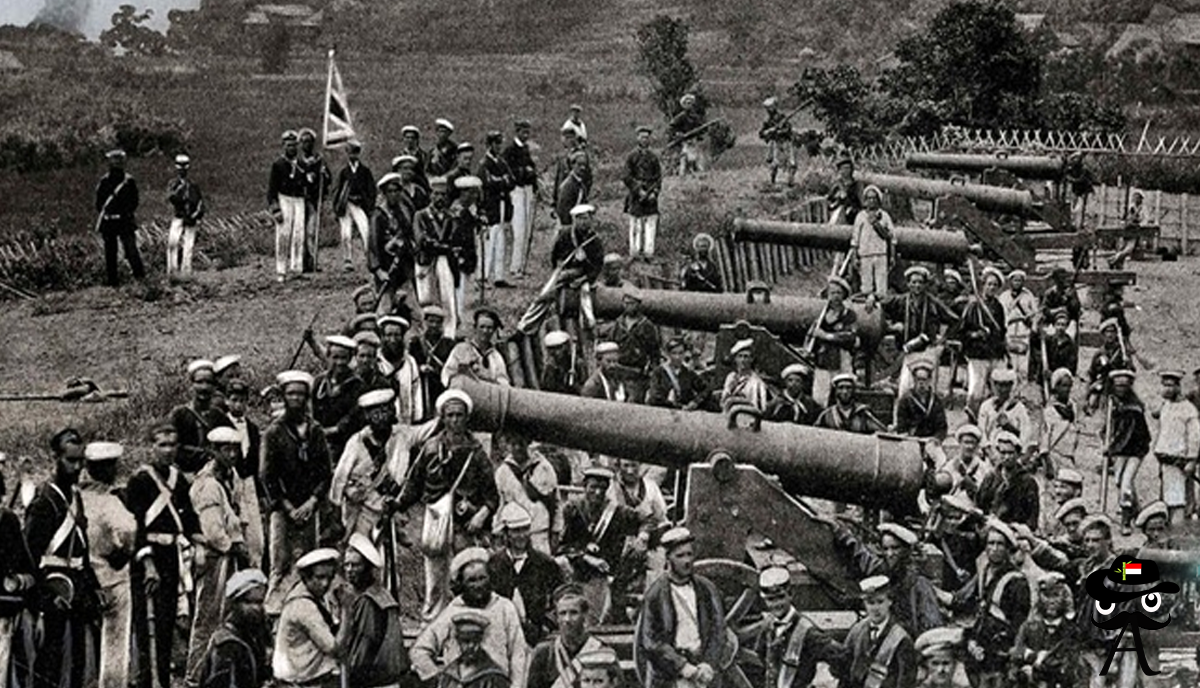8 Facts about Nias Island, North Sumatra, Indonesia
Trip Dalgano - Destination | Hello friends, on this occasion we will discuss the topic of the province of North Sumatra, namely 8 Facts about Nias Island, North Sumatra, Indonesia. Natural attractions themselves are a suitable place to spend vacation time and unwind from daily activities, especially for someone who doesn't like crowds, this place is perfect for him. Considering the Aceh Province itself is no less interesting for its natural destinations, read the Best Tourist Destinations in Aceh. And more about the Best Travel Destinations in North Sumatra, Indonesia.
Read Also: 6 Best Islands of North Sumatra, Indonesia
Here are 8 Facts about Nias Island, North Sumatra, Indonesia
1. Omo Sebua Traditional House
 |
Omo Sebua Traditional House |
The traditional house of the Nias tribe, Omo Sabua, was built without using nails and was specially designed to protect the people living in the house from enemy attacks when fighting. The large ironwood pillars make this building even more solidly erected. The Omo Sebua traditional house also has a steep roof with a height of 16 meters. In addition to protecting the house from enemy attacks, Omo Sebua is also resistant to earthquake shocks because the foundation of his house consists of large stone slabs and large diagonal blocks.
2. Christian and Islamic Influence
 |
Christian and Islamic Influence |
On the island of Nias, there are 2 beliefs or religions, namely Christian influence and Islamic influence. This Christian influence began to enter and change in 1830 and grew after the presence of missionaries from Germany in 1865. The influence of Islam on this island entered when the Nias people traded with the Acehnese and Malays in 1966 ago.
3. Hombo Stone Tradition
 |
Hombo Stone Tradition |
The stone jumping tradition or commonly called Hombo Batu is one of the traditions that exist in Bawomataluo Village. This tradition has existed since the time of the ancestors and is used as a place to test mentally and physically for every youth of the Nias tribe. The stones that the community jumped were large stones arranged like pyramids. The stone is 2 meters high, 90 meters wide, and 60 meters long. The youths who make it through Hombo Batu will be assigned to guard the village from inter-village conflicts. It is said that the success or failure of surpassing Hombo Batu is influenced by the lineage factor.
4. Megalithic Building
 |
Megalithic Building |
Most of the buildings in Nias come from the Megalithic culture. Megalithic are forms of cultural practice characterized by a monument and a large rock as a characteristic. The Boronadu Megalithic site is one of the oldest megalithic sites in Nias. This site is believed to be the origin of the ancestors there. Not only that but there is also the Tetegewo Megalith Site which is the home and living megalithic civilization. The Tetegewo site consists of stones of various shapes and sizes.
5. The Most Difficult Region to Conquer in Indonesia
 |
The Most Difficult Region to Conquer in Indonesia |
Nias region is an area that is relatively smaller in size than other regions in Indonesia. However, Nias became the most difficult area for the Dutch to conquer during the colonization of Indonesia. For hundreds of years on the island, the Dutch were only able to conquer Nias in 1914. The people of Nias fought it out against the Dutch. For decades, the Dutch could not get too deep into Nias because the people of Nias would definitely attack it to defend their territory. In fact, this area is also referred to as hell for the Dutch because of its amazing fighting culture.
6. Indonesia's Dead Sea
 |
Indonesia's Dead Sea |
Indonesia's Dead Sea is on Tureloto Beach, which is located in Balefadorotuho Village, Lahewa District, Nias Regency, is a beach with high salt content, so this beach is called the Dead Sea of Indonesia. With a high salt content, you can float on the surface of the sea without the need for effort. Unlike the Dead Sea in Jordan, Tureloto Beach has some marine life that can be seen with the naked eye because the water in this area is very clear. That indicates the seawater level there is not as high as in Jordan's Dead Sea.
7. Balugu which is only occupied by men
 |
Beluga which is only occupied by men |
Unlike the government in general, local officials in Nias traditional villages can only be held by a man named Beluga. Moreover, only well-established men can bear the title. How not, to get the title of Balugu, one must hold a large event or party attended by the local community and all traditional elders from various regions while serving food and pork jaws.
8. Don't know the consonants at the end of the word
 |
Don't know the consonants at the end of the word |
Nias people use the Malay-Polynesian language with vocalizations that do not recognize consonants at the end of words. Téllo is a dialect of West, East, and North Nias people. Meanwhile, the people of Nias in the Central, South, and Batu Islands use different accents. This is what makes Nias people unique, from culture to word recognition.
Okay, I think the discussion is over, thank you for visiting our blog. And have read the article about 8 Facts about Nias Island, North Sumatra, Indonesia. Hopefully, it will be useful for Indonesian netizens, especially Netizen +1 who are confused about finding a place to vacation and unwind from everyday life. In addition, the beach can also be used as a place for a vacation for someone who likes to enjoy how beautiful the coast is with strong sea breezes. Also, check out the article about the lakes that must be visited in North Sumatra and beaches worth visiting. Learn more, and Find Tourism and Culinary In Indonesia.
